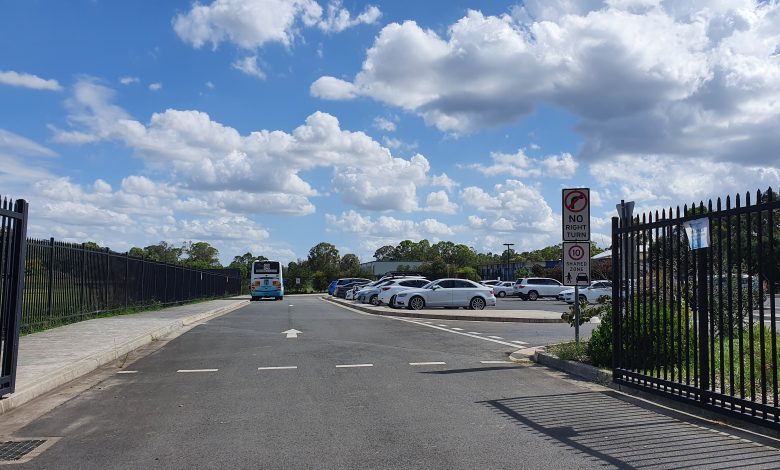Safety first in school carparks
The well-being of students is always of concern to a school. This extends to their safety during the busy moments before and after school.

According to the 2020 AAMI Crash Index, more than a quarter of all road incidents in Australia occur in the afternoon, around school pick-up time.
Read the Term 4 edition of School News HERE
Russell White, the founder and CEO of the Australian Road Safety Foundation (ARSF), said the prevalence of accidents during this time period was due to a range of factors.
“You see high volumes of people channelled into relatively small areas so there’s obviously a congestion issue, then you also see people under moderate-to-intense time pressure and you see pinch points in terms of attitudes to other people – aggression, horn blowing and the early stages of automotive violence,” he explained.
“Then you have young children focussed on where they’re heading to next, so the cumulative effect of all those makes school zones and pick-up times high-risk.”
School car parks and pick up zones, then, require extra attention to ensure they are safe for motorists and pedestrians, students, staff and families.
It is essential to have clearly defined areas for parents to park and drop off students, with adequate signage and clear demarcation. Moreover, schools must have comprehensive safety protocols in place, covering everything from pedestrian crossings to vehicle speed limits within the premises. Properly trained staff and volunteers can play a pivotal role in ensuring that these safety measures are enforced consistently.
Speed humps, bollards, and barriers can enhance student safety during peak times, slowing vehicles down, and directing traffic flow.

Line marking is an often-overlooked aspect of car park safety. Properly marked drop-off zones and allocated parking spaces contribute to the smooth flow of traffic on school premises and surrounds, ensuring people park in designated areas, minimising driver confusion and therefore, congestion.
Implementing strategies to separate pedestrians from vehicular traffic is crucial. This can include designated walkways, pedestrian crossings, and the installation of barriers to ensure a safe pathway for students. It is also vital to educate all students about the importance of being vigilant pedestrians. Younger students or those new to your school may need to be accompanied to pick up zones initially, until they are familiar with the rules and procedures of the area.
While students are a focus of any school car park safety initiative, staff members also deserve a secure and convenient parking experience. Access control solutions, such as electronic gates or key card systems, can be employed to ensure that parking areas are restricted to school staff only.
Safety programs and resources can be used to educate both students and parents about car park and road safety. Look to your local council or engage with local law enforcement to enquire about any programs you can implement in your school. Particularly for older students who may be beginning to get their licence, bringing in local experts to give presentations about road safety can be lifesaving.
Lindsay Stead from Area Safe Products said student safety is paramount in school car parks and drop-off zones, and with crossings. He recommends rehearsing and practising the ‘Stop, Look, Listen, Think’ method and ‘Walk – Don’t Run’, and enforcing a shared zone car park speed limit of 10km/h.
Mr Stead said speed humps, bollards and barriers, are essential considerations in maximising car park safety.

“Speed humps are the most effective means of enforcing low speeds. Reduced speed is a critical factor in eliminating collisions with pedestrians. Heavy duty rubber or plastic speed humps are the best option for schools as they suit cars, buses and trucks, and are quieter to drive over than steel speed humps.
“Bollards are essential in school carparks to protect pedestrians from out-of-control vehicles, protect infrastructure, and comply with Australian Standards for accessible parking shared zones. These are available as powder coated safety bollards, or in a variety of architectural options including concrete spheres, stainless steel, I-Beam or slatted,” Mr Stead said.
“Modular pedestrian barriers are an important consideration in carparks to help contain walkways and prevent pedestrians walking into the path of vehicles. Pedestrian barriers also help to control safe access points in pick-up and drop-off zones for cars or buses.
“Well planned fresh line marking improves car park safety and traffic flow because it shows drivers where to go and where not to go. Allocated staff parking spaces at schools work well to help staff find parking quickly and alleviate frustration. These reserved parking spaces can be well utilised by installing changeable designated parking signs.”







